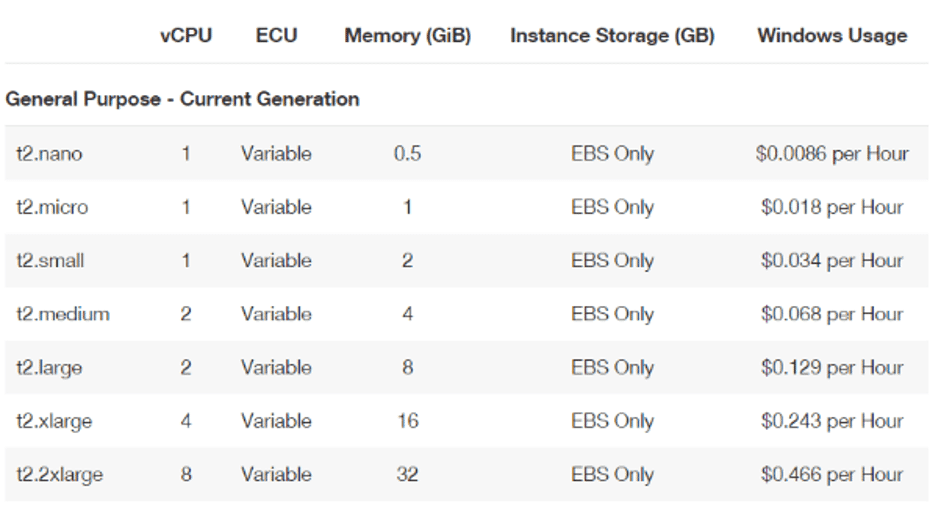
In the sheet, it should be self-explanatory, set your current instance size & specs, and then you're good to import the data. Make a copy of the sheet, clone the repo and you should be good to configure the script for your RDS instance. Being a data novice, I do my visualisation in sheets. I built a script that pulls data from cloudwatch, and formats it to output to a CSV file. I figured that doing the same for RDS has to be possible right?. If you're familiar with AWS compute optimizer, they use your existing EC2 metrics to compare performance and make right-sizing recommendations from it.

So bereft I tried to find something that'd compare apples to apples, but in vain. Now for a service that is supposed to be scaling as often as every 10 seconds, giving a static per hour flat usage cost is the opposite of what Aurora Serverless is trying to achieve. If you didn't click the link, they ask how many ACU's you require, and for how long with a per time period (hour, day, month) selector, which proudly does ACUs x time period in hours x per ACU cost. All AWS provides is this: AWS Aurora Serverless v2 calculator I did some digging around, even spoke to AWS support, and came away disappointed. You have been weighed, you have been measured, and you have been found wanting Now with that information in hand, we can move on to how I went trying to estimate it. They consist of 2GiB of Memory, and according to AWS 'appropriate cpu and network bandwidth'.Ĭonsidering I was trying to be a bit more exacting, digging around online, people had tested and were finding 1 ACU is equivalent to 0.25vCPU. They scale in what AWS calls Aurora Compute Units(ACU).


Some backgroundīefore I dig into it, some background on how Aurora Serverless v2 scaling works. Now the standard RDS Reserved Instances were looked into, and would've provided savings, but we looked at the usage of the instance, and it was very bursty, with periods of low usage in between. Pricing is listed on a per-hour basis, but bills are calculated down to the second and show times in decimal form. I had an RDS implementation that the owner wasn't very happy with what they were paying, so I was asked to see how it could be reduced. Amazon RDS provisioned instances in an Amazon Aurora cluster are billed based on the following components: DB instance hours (per hour) Based on the DB instance class of the DB instance (for example, db.t2.small or db.m4.large).


 0 kommentar(er)
0 kommentar(er)
